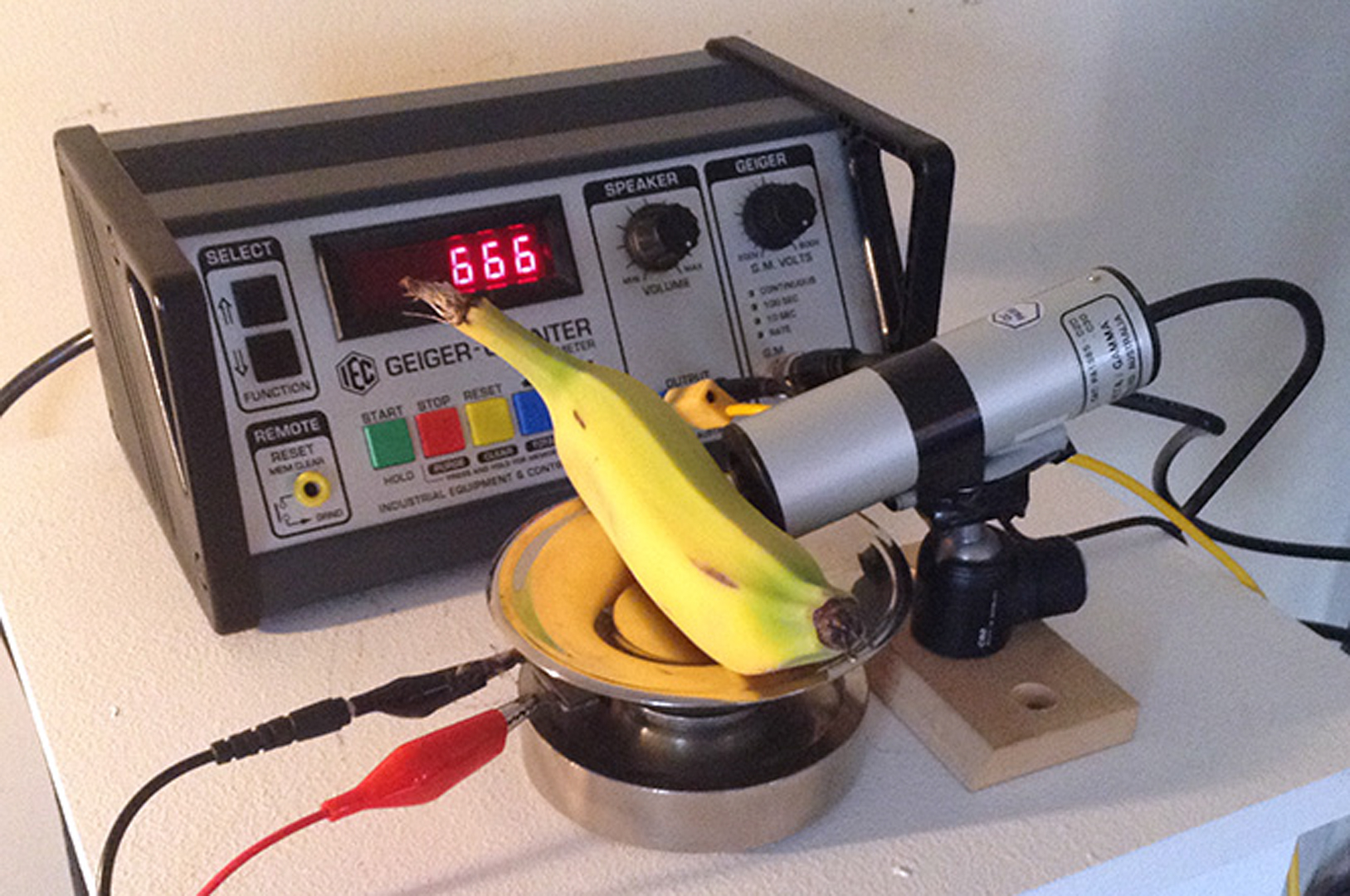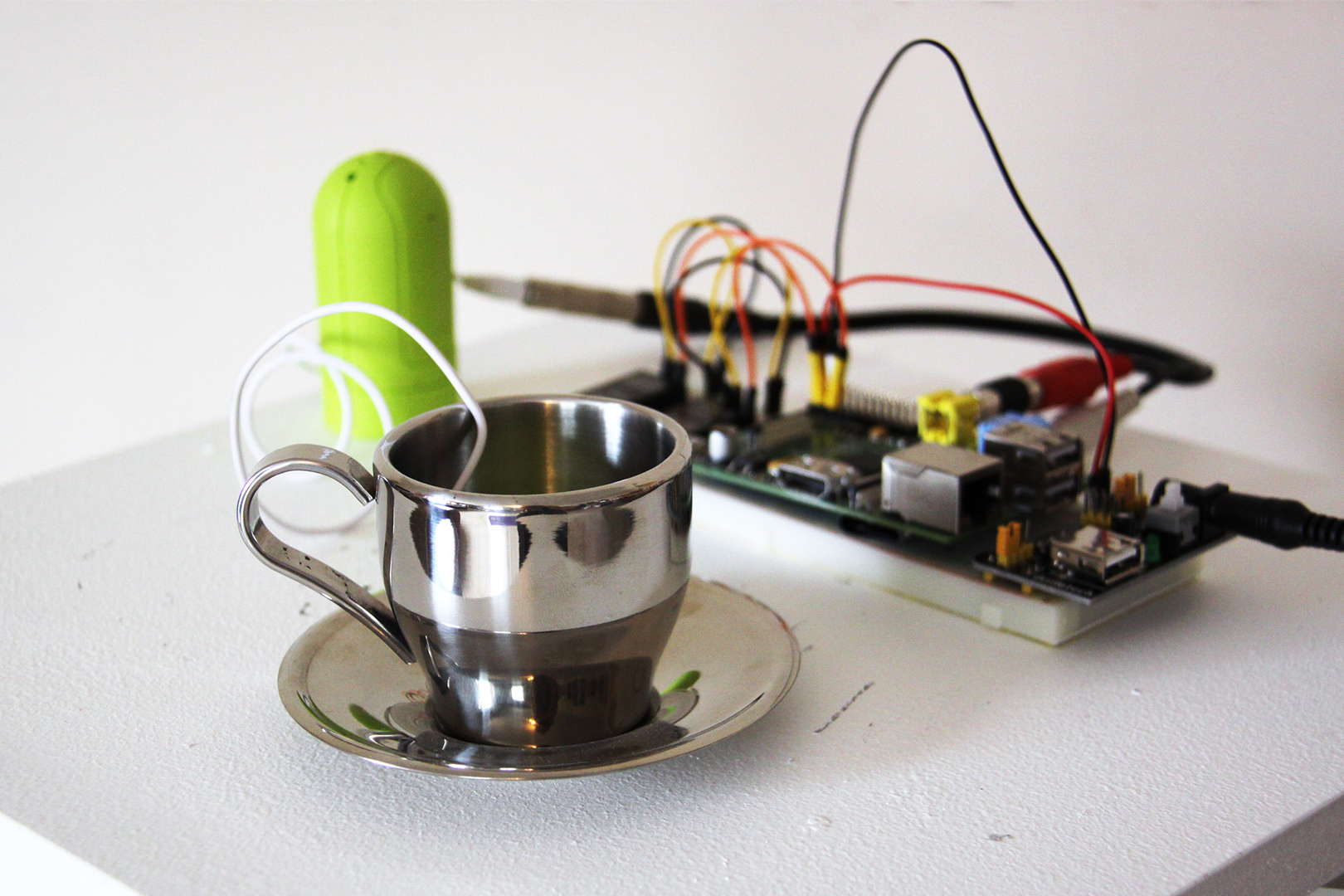“Cosmic Tea Party” presented by Henschke
Symposium:
Session Title:
- Science and Art
Presentation Title:
- Cosmic Tea Party
Presenter(s):
Venue(s):
Abstract:
Cosmic Tea Party is a sound installation that connects our earth-bound existence with the cosmic realm in a state of amplified energetic excitation, both conceptually and materially. There is a sublime quality released in the everyday manifestation of cosmic events, and the realization that we are intrinsically connected to the wider universe, in part through the invisible streams of cosmic particles moving around and through us at all times. Individual events in particle physics are utterly unpredictable, and science uses statistical analysis to stochastically dampen the noise of the unexpected in favour of the large-scale predictability.
Yet such cosmic noise is in a sense the primary reality, echoed in the Cosmic Microwave Background raditation, the 3 degrees kelvin afterglow of the Big Bang itself. This can be see in the snow on an analogue TV set or the hiss of radio static, and genetically felt in every cell of our being, as cosmic particles are perhaps the source of genetic mutation that has allowed us to evolve, through the invisible showers of cosmic particles that rain down upon us from the depths of the universe.
The Cosmic Tea Party installation utilizes cosmic particle detectors, comprised of scintillating plastic and photomultipliers hooked up to a variety of household objects such as cups and a teapot. When a cosmic particle, or muon, passes through a detector near the objects, they vibrate and emit percussive pulses and resonating tones. The overall effect, as well as producing syncopated musical motifs, is a kind of energetic connection made between the objects, the audience, and the cosmos.
The ‘mini version’, currently in development, which uses ‘Teviso’ radiation detectors and a ‘Raspberry pi’. The original ‘analogue version’ is comprised of components that are large and simple enough to be apprehended or ‘visually understood’ on a basic level by the non-expert. One can see the detector plates, and the cables going from it into the signal generator and then to an analogue synthesizer and the household objects. Documentation of the various versions will be shown, as well as future variations and mutations, plus possibly a live particle detector demonstration.







